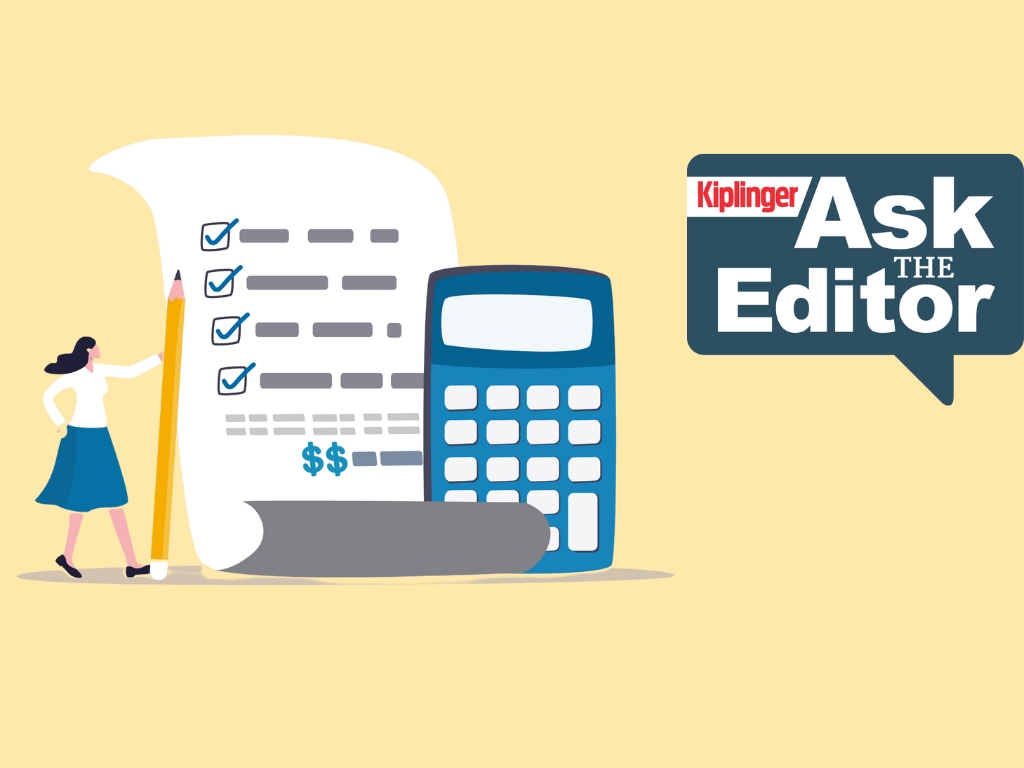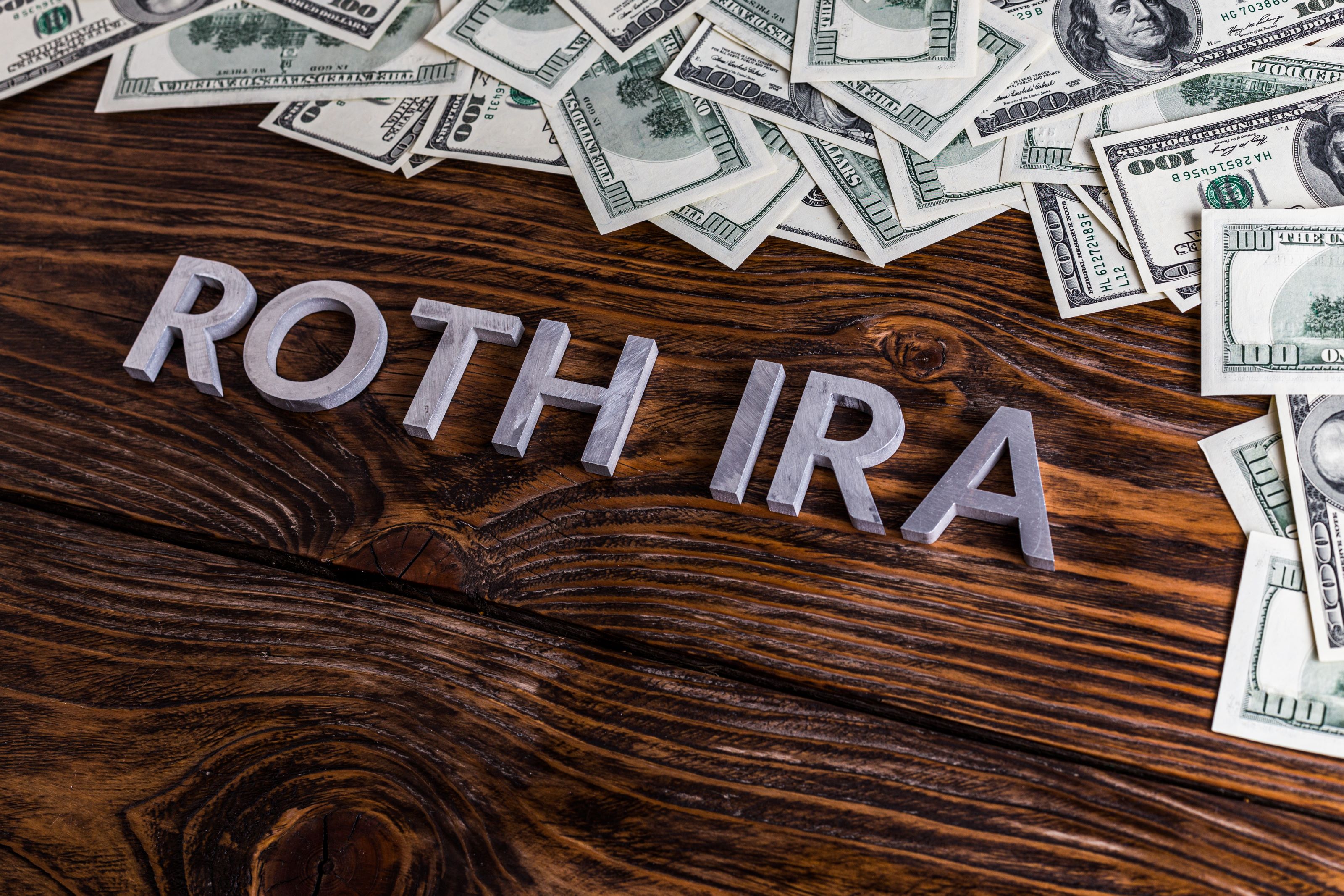Best Investing Moves When You're Starting Out
It's tough to get started saving when you have debt hanging over you. But once you get access to a retirement plan, make sure to fund it.

If you’ve never invested before, you should start once you land your first job with access to a retirement plan. But make sure you balance your saving and investing with the need to pay off debt.
Best Investing Moves at Every Age
- Best Investing Moves for Young Families
- Best Investing Moves for Empty Nesters
- Best Investing Moves for Pre-Retirees
- Best Investing Moves for Retirees
Pay down your debt
The top item on your financial to-do list is to pay off any credit card debt you have accumulated. “Credit card debt can be the most punitive if you miss a payment,” says Jennifer Dempsey Fox, an executive vice president at PNC Asset Management Group. “Pay off your debt with the highest interest rate as quickly as possible, and make minimum monthly payments on the rest until you are caught up,” she says. You should always make the minimum payments on your student loans, but note that paying those down more aggressively can wait until you’ve tackled the next two items on your to-do list.
Create an emergency fund
Next, build up six months’ worth of living expenses in a high-interest savings account. You’ll typically find the fattest yields at online banks (see The Best Bank for You). For example, Dollar Savings Direct, an online bank, paid a 1.4% annual yield on savings accounts as of September.
From just $107.88 $24.99 for Kiplinger Personal Finance
Become a smarter, better informed investor. Subscribe from just $107.88 $24.99, plus get up to 4 Special Issues

Sign up for Kiplinger’s Free Newsletters
Profit and prosper with the best of expert advice on investing, taxes, retirement, personal finance and more - straight to your e-mail.
Profit and prosper with the best of expert advice - straight to your e-mail.
Invest in your 401(k)
At a minimum, contribute enough to your employer’s plan to capture the full match. If your plan includes an auto-escalation feature, your contribution percentage will automatically increase each year, up to a certain level. Whether or not your plan has this feature, you should reevaluate the amount you contribute annually and anytime you get a raise, until you’re contributing the maximum (currently $18,000 per year).
Keep your investments simple
If your main goal at this stage is saving for retirement, you don’t need more than one fund. The first one-fund portfolio we suggest is a target-date mutual fund. Target funds hold a basket of funds and reduce risk as you get older by decreasing their allocation to stocks and boosting their holdings in bonds and cash-type investments. The year in our recommended target fund’s name indicates that it is suitable for someone planning to retire around 2060. At last word, the fund had 86% of its assets in stocks and the rest in bonds and cash. We like the T. Rowe Price Retirement funds because of their high stock allocations and the quality of the underlying funds they hold. If they are not available in your plan, look for Fidelity Freedom funds or Vanguard Target Retirement funds, which are also great options.
The second one-fund portfolio is an exchange-traded fund that is fully invested in stocks. That makes it more aggressive than a target-date fund but not too risky for long-term investors in their twenties or thirties. Vanguard Total World Stock ETF is a truly global fund, with 52% of its assets in U.S. stocks and the rest in foreign shares.
Portfolio option 1
100% T. Rowe Price Retirement 2060 (symbol TRRLX)
Portfolio option 2
100% Vanguard Total World Stock ETF (VT)
Track your finances with apps
A good budgeting app should ease some of the stress of managing so many competing obligations. Mint, which imports transactions and charts your spending, is a fine place to start. YNAB, which stands for “You Need a Budget,” has many devoted users. It is free for one year for students but otherwise charges $50 annually. For more investment analysis, try Personal Capital, which includes features for analyzing your asset allocation and investment fees.
Profit and prosper with the best of Kiplinger's advice on investing, taxes, retirement, personal finance and much more. Delivered daily. Enter your email in the box and click Sign Me Up.

-
 Disney’s Risky Acceptance of AI Videos
Disney’s Risky Acceptance of AI VideosThe Kiplinger Letter Disney will let fans run wild with AI-generated videos of its top characters. The move highlights the uneasy partnership between AI companies and Hollywood.
-
 Ask the Editor: Itemized Deductions
Ask the Editor: Itemized DeductionsAsk the Editor In this week's Ask the Editor Q&A, Joy Taylor answers questions on itemized deductions claimed on Schedule A of Form 1040
-
 9 Types of Insurance You Don't Need
9 Types of Insurance You Don't NeedFinancial Planning If you're paying for these types of insurance, you may be wasting your money. Here's what you need to know.
-
 9 Types of Insurance You Probably Don't Need
9 Types of Insurance You Probably Don't NeedFinancial Planning If you're paying for these types of insurance, you may be wasting your money. Here's what you need to know.
-
 The Most Tax-Friendly States for Investing in 2025 (Hint: There Are Two)
The Most Tax-Friendly States for Investing in 2025 (Hint: There Are Two)State Taxes Living in one of these places could lower your 2025 investment taxes — especially if you invest in real estate.
-
 Amazon Resale: Where Amazon Prime Returns Become Your Online Bargains
Amazon Resale: Where Amazon Prime Returns Become Your Online BargainsFeature Amazon Resale products may have some imperfections, but that often leads to wildly discounted prices.
-
 Roth IRA Contribution Limits for 2026
Roth IRA Contribution Limits for 2026Roth IRAs Roth IRAs allow you to save for retirement with after-tax dollars while you're working, and then withdraw those contributions and earnings tax-free when you retire. Here's a look at 2026 limits and income-based phaseouts.
-
 Four Tips for Renting Out Your Home on Airbnb
Four Tips for Renting Out Your Home on Airbnbreal estate Here's what you should know before listing your home on Airbnb.
-
 Five Ways to a Cheap Last-Minute Vacation
Five Ways to a Cheap Last-Minute VacationTravel It is possible to pull off a cheap last-minute vacation. Here are some tips to make it happen.
-
 How Much Life Insurance Do You Need?
How Much Life Insurance Do You Need?insurance When assessing how much life insurance you need, take a systematic approach instead of relying on rules of thumb.
-
 When Does Amazon Prime Day End in October? Everything We Know, Plus the Best Deals on Samsonite, Samsung and More
When Does Amazon Prime Day End in October? Everything We Know, Plus the Best Deals on Samsonite, Samsung and MoreAmazon Prime The Amazon Prime Big Deal Days sale ends soon. Here are the key details you need to know, plus some of our favorite deals members can shop before it's over.